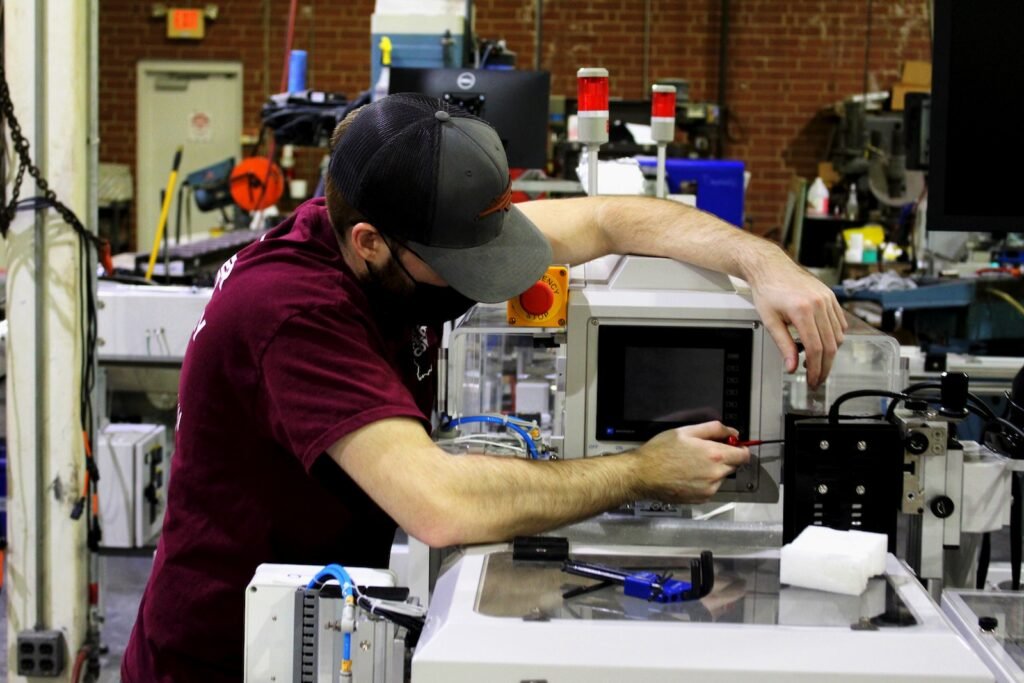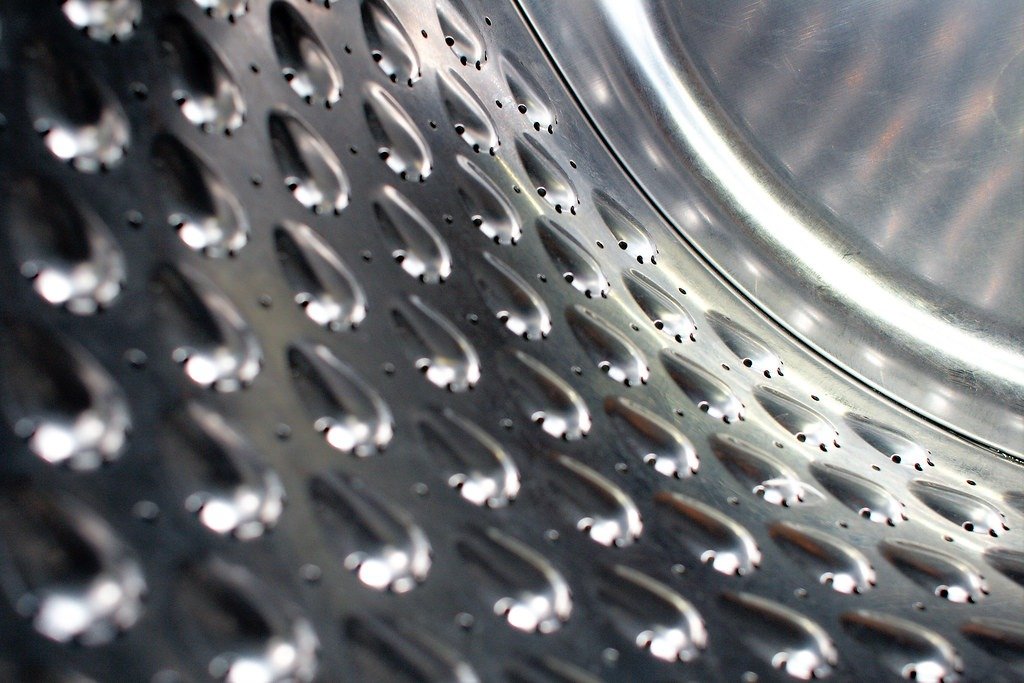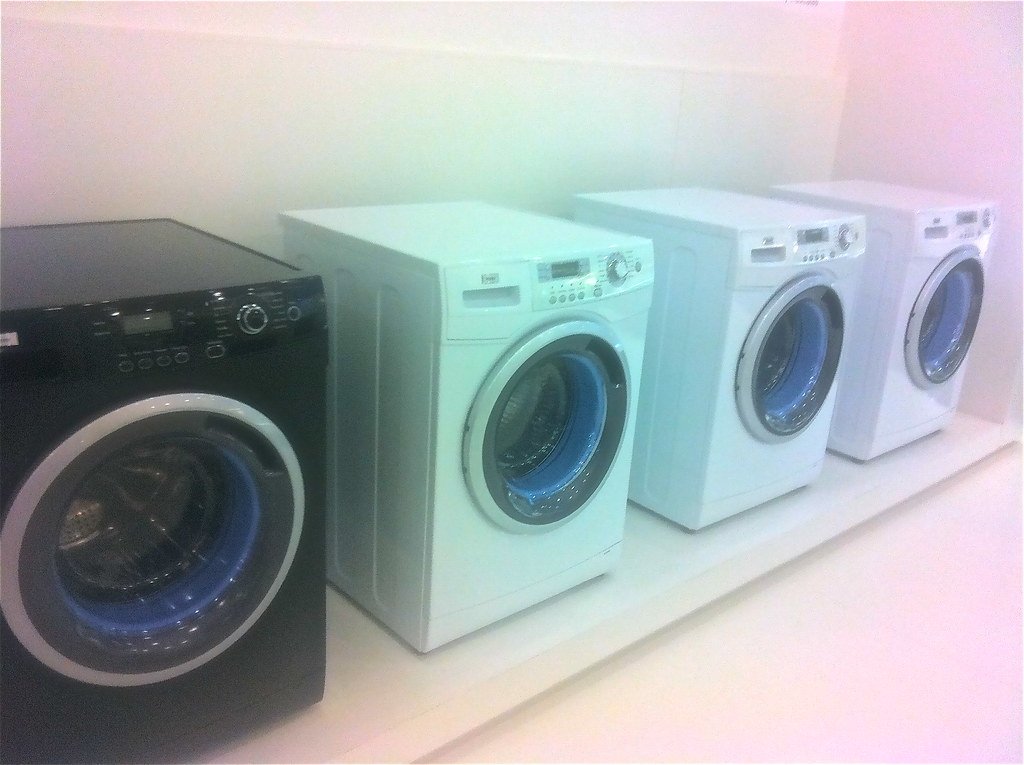
Appliances often break at inconvenient moments. When this occurs, having an appliance repair service nearby to quickly address the issue is key to having peace of mind.
To find an appliance repair service, begin your search with the retailer where you purchased the appliance. If they do not offer repair services, call an appliance-parts store nearby and inquire as to which service would best meet your needs.
Check for Damage
Homeowners typically do not prefer spending too much money when something breaks in their house, even if they can afford it. Sometimes it makes more sense to fix simple problems yourself with DIY solutions or regular maintenance checks instead.
As soon as an appliance becomes problematic, a thorough evaluation should be conducted to ascertain its source. Check that it’s properly plugged in, with its switch turned on; check its plug as well. It may be that its outlet has become damaged; both should be tested before moving forward with repairs. If any wires become detached from their components or frayed, reconnect them to avoid short circuits that could potentially cause irreparable damage and possible electrocution incidents; connect a grounding wire – typically green in color – when reconnecting wires to an appliance when making any adjustments or repairs.
Another recurring water leak problem can be difficult to detect until its effects become obvious in warped flooring or musty smell. A water line leak, in most cases, can usually be stopped by visual inspection of its pipework leading to and from appliances.
Clean the Appliance
Appliances play an essential role in our daily lives, from cooking and cleaning to maintaining clothing hygiene and keeping food fresh. While they contribute greatly to quality of life, it can be easy to take them for granted until something goes amiss and causes their malfunction or breakdown.
Clean your small appliances regularly in order to keep them in tiptop condition, depending on the type of device. This should occur either after each use or once annually depending on its nature and design. A damp cloth or sponge are great tools for this, while for deeper cleans, consider using a brush. It is also wise to review any manufacturer instructions or search online for guidelines regarding appliance care guidelines before getting started with cleaning tasks.
Before cleaning any appliance, always unplug it first to avoid electrical shock or possible electrical damage to you and the appliance itself. After you’ve finished, always test out your device after cleaning to make sure that its functionality hasn’t changed after having given it some TLC.
Recycling old appliances is also essential for our circular economy goals and helps preserve precious resources such as metal and glass from going into landfills or being burned for power generation – not to mention saving money on your electricity bill!
Inspect the Parts
Inspection of an appliance’s internal parts can help identify and resolve problems more quickly. For instance, if a fridge isn’t cooling it may be because its compressor isn’t functioning as intended due to dirt or corrosion in its condenser coils; keeping these clean will allow your compressor to work more efficiently, decreasing chances of breakdown or failure.
Home repair technicians who offer home appliance repairs often inspect the wiring and connections within small appliances as part of their inspections. This may involve opening the panel and disconnecting wires; therefore it is wise to have various tools such as screwdrivers, pliers, multimeters and voltage testers on hand in order to complete this task safely and without risk. Likewise, it’s also crucial that no live current flows through it before beginning your repair efforts on it.
Inspection of wiring is especially crucial as most small appliances run on 120-volt electricity. The current can travel through cords, switches and plugs before entering internal components such as switches, thermostats, rheostats and timing mechanisms in an appliance. A professional home repair technician can detect and replace these parts as required while offering expert advice to prevent further issues arising in future.
Replace the Parts
Appliances provide us with essential services each year and should never be taken for granted – until they break. But with proper knowledge and tools at our fingertips, most small appliance issues can be solved by homeowners themselves without professional intervention – though some repairs may void your warranty). So before calling an expert technician out to repair or adjust, try these simple steps to diagnose the problem and make the necessary adjustments or repairs yourself.
Assume any damage is present – including cracks or looseness in body components; frayed electrical cord or plug; damaged parts should be replaced immediately before continuing with step 2.
Small appliances powered by electricity should always be checked to make sure their cord and plug are functioning as they should be. If nothing seems amiss with either, switch outlets to see if this makes any difference – if that doesn’t help either, check your circuit breaker/fuse to make sure none have popped!
If the device is newer and under warranty, contact its manufacturer. They can often direct you to an area appliance-parts store that carries the appropriate part. Online resources like Parts Dr, Ziperone, or AppliancePartsDirect often list exact model numbers and part names as well as images so you can compare these with what has broken.


